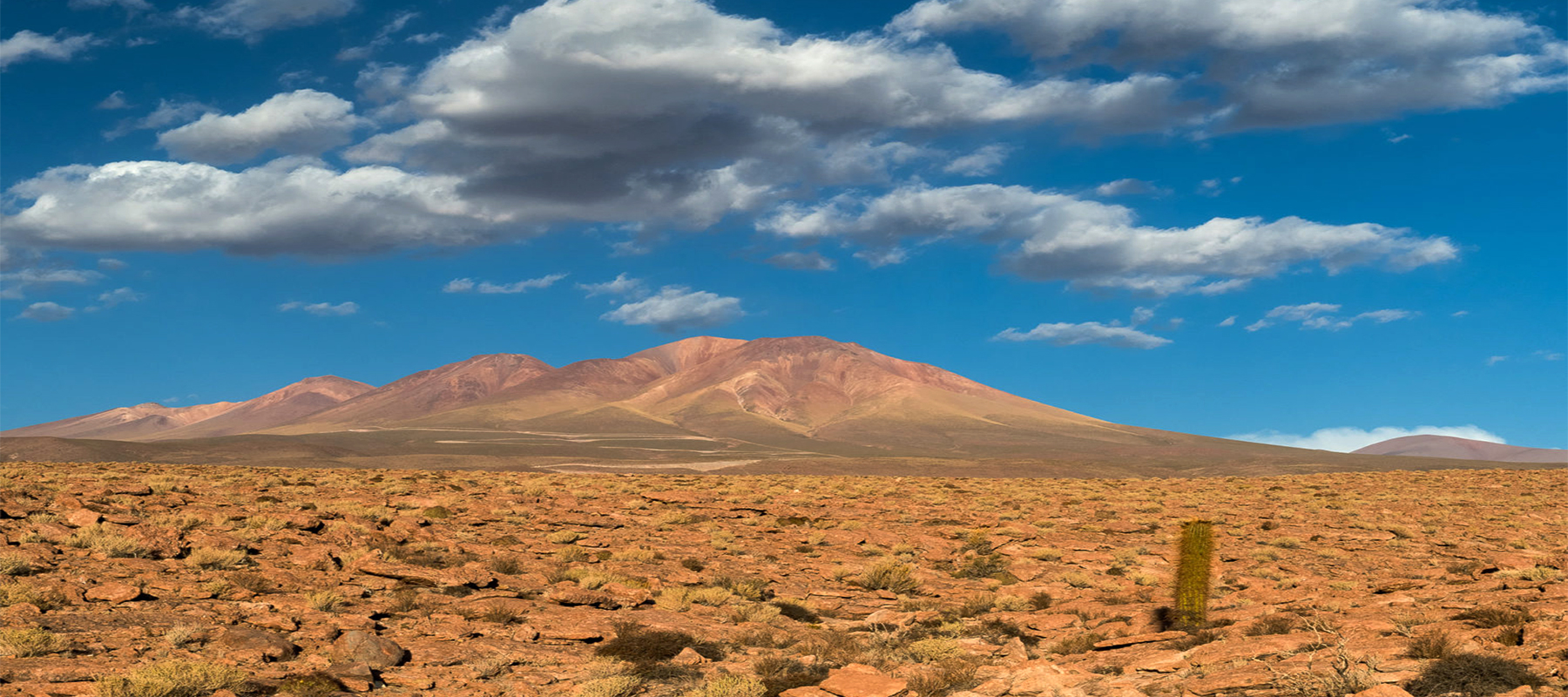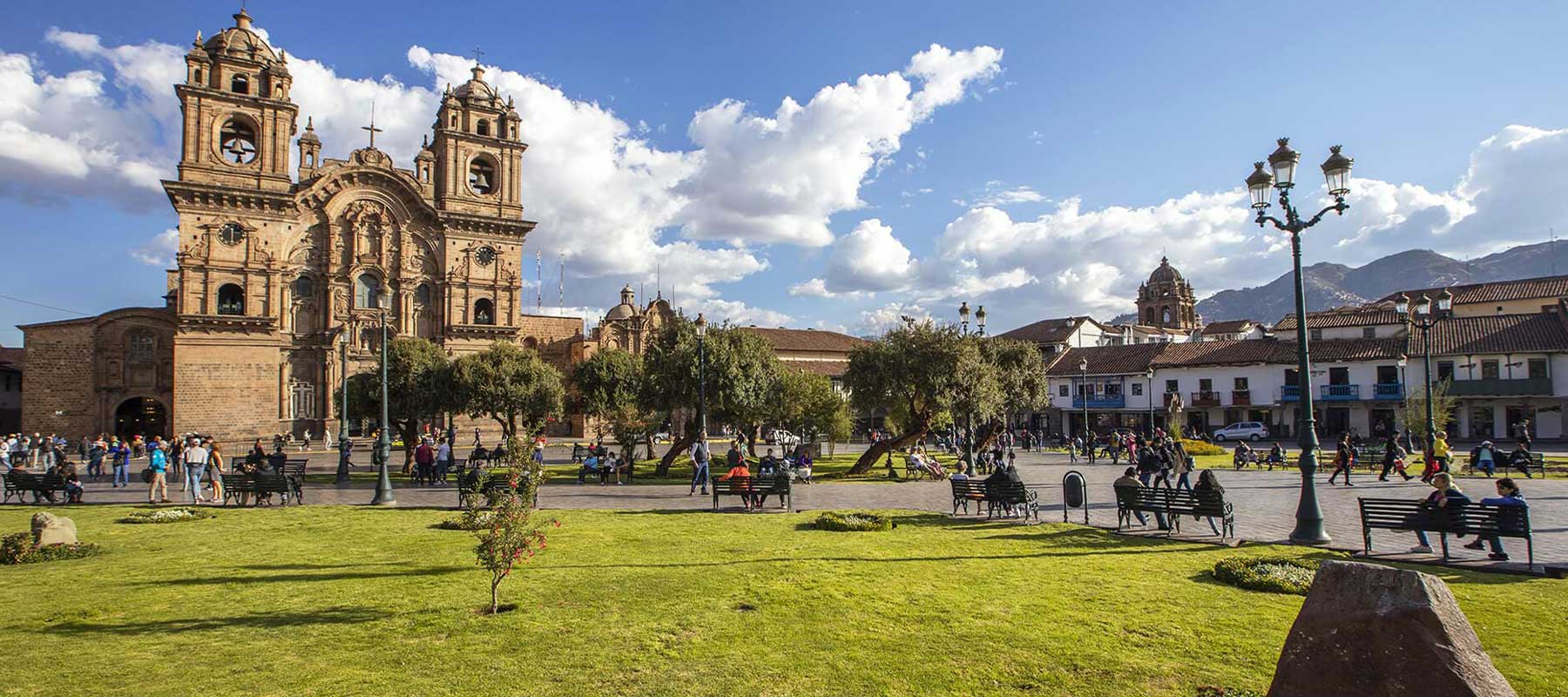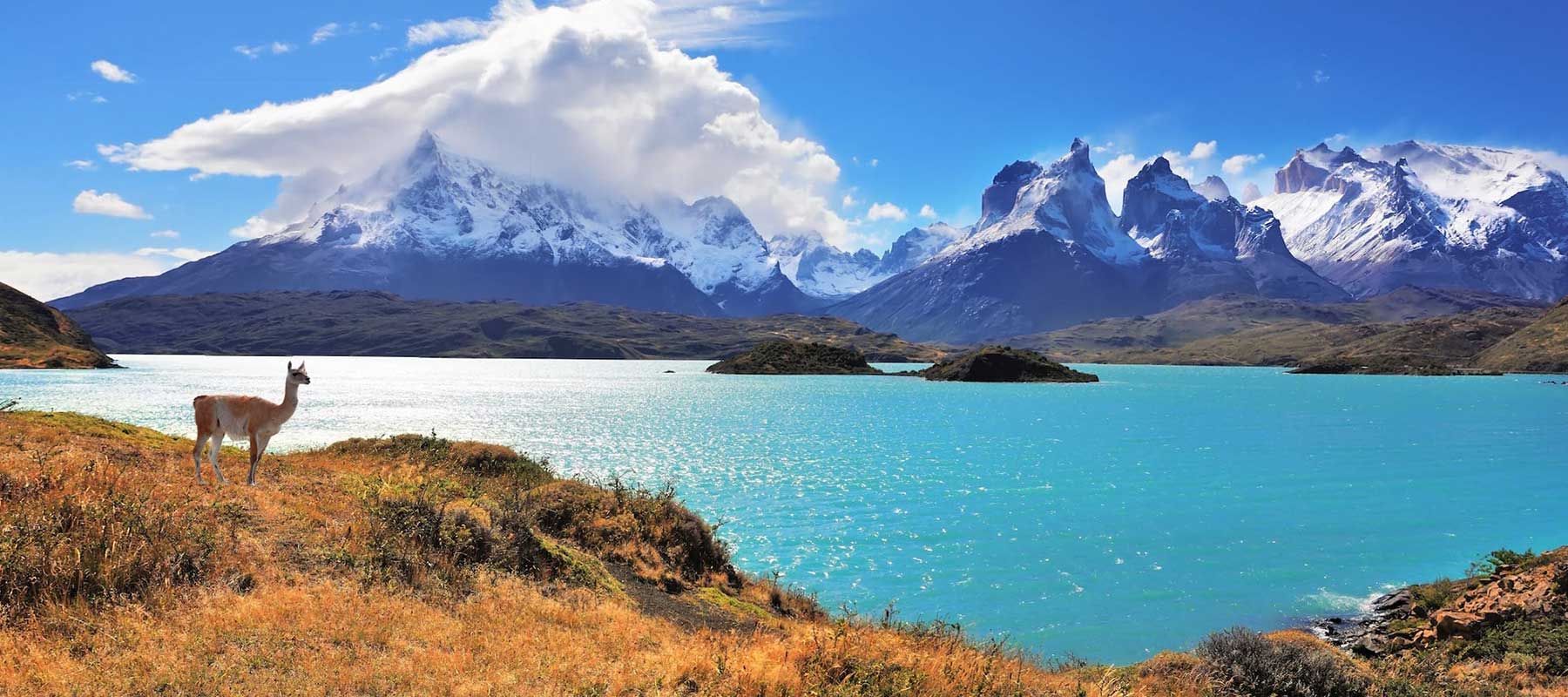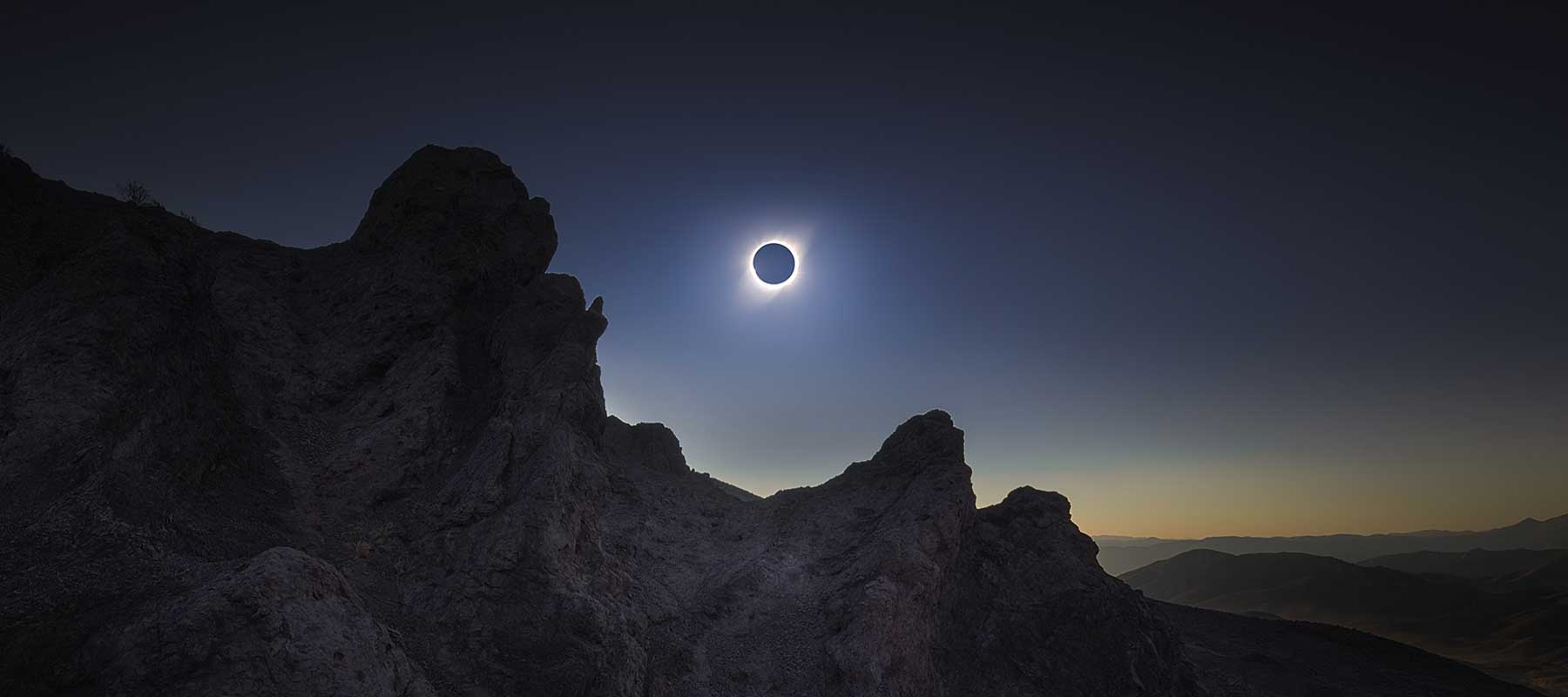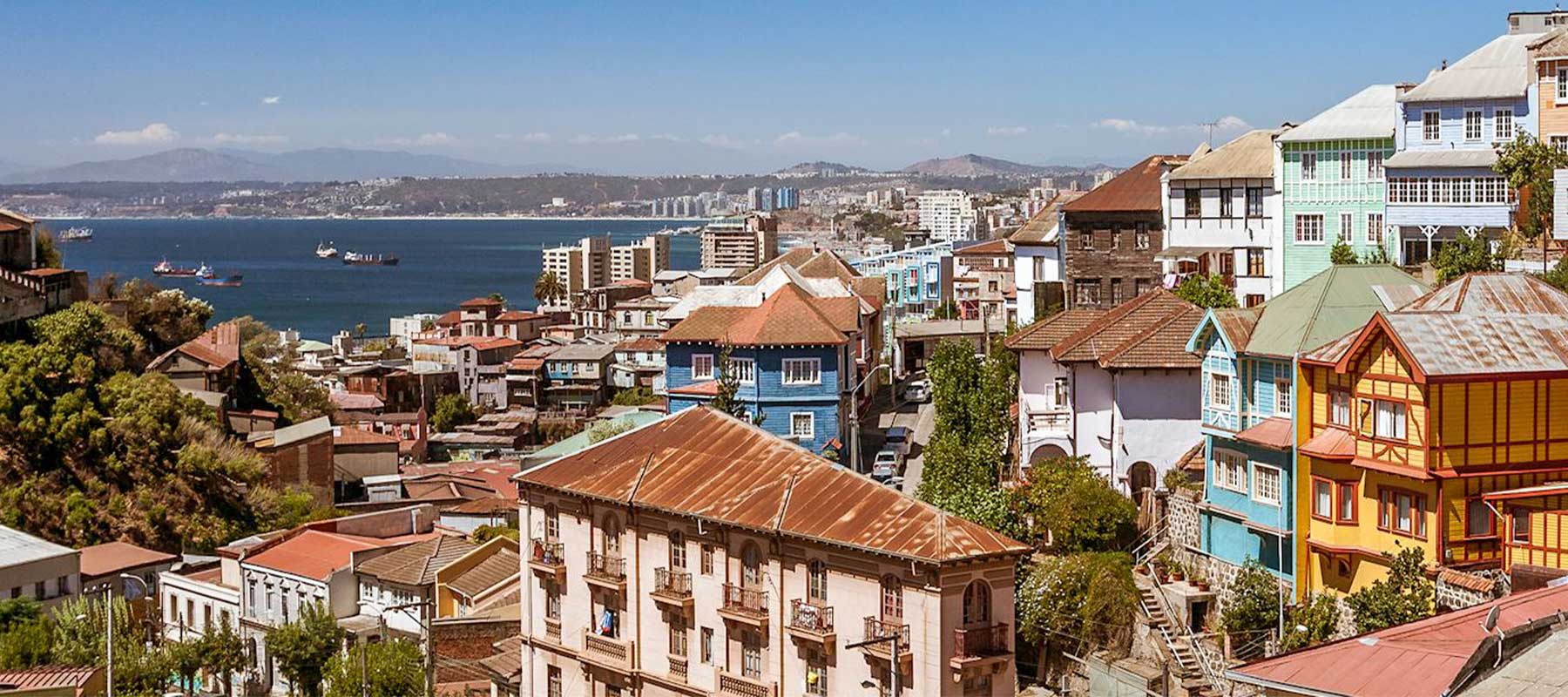In contrast to the vibrant American desert with tumbleweeds and cowboys, the Atacama seemed more desolate and untamed to me. However, there are verdant havens, such as the Chilean hamlet of San Pedro de Atacama, where yatiri, traditional healers of the Atacameño people, and stray llamas live in harmony, with the latter having supposedly gained their abilities after being struck by lightning.
I started acclimating to the high altitude in San Pedro de Atacama, which is a gateway to the Altiplano and this desert. The fifty-room Explora Atacama lodge served as the base camp. It had an observatory, two saunas, and four lap pools that were partially concealed by the swaying pampas grass. Wines from Chile's San Antonio Valley or the country's most famous red, Carmenères, go well with the restaurant's seafood specialties, like as pan-fried fish and octopus in olive sauce. The one drawback to all this comfort was that Explora Atacama is only 8,000 feet above sea level. So, I had to spend a lot of time away from my cozy room, which was decorated in warm Andean textiles and cool, natural tones, and instead go hiking to prepare for the higher altitudes we would soon encounter.
On my first outing, Torres took me to an altitude of 14,000 feet to see the Tatio Geysers, the biggest geothermal complex in the Southern Hemisphere and the highest in the world. The five-mile hike started at an apacheta, a distinctive Andean stone tower where, as Torres informed me, pilgrims usually leave coca leaves as a sacrifice for good health and safety. We ascended to the salty Río Blanco and followed its course past geysers that spurted water and pits of mud that burped up toward the sky. A subtle sulfuric aroma wafted across the atmosphere. There were spots along the riverbank where the surface looked like licks of fire, with veins of bacteria that were brick red.
Torres nonchalantly said, "This one looks like a portal to the underworld," as he stepped around a steaming pot. I felt at ease with him because he had been guiding tourists around the Andes for over ten years. As he regaled me with tales and folklore about the extraordinary things about this complicated and unsettling world, he appeared to flourish in it.
Day 1: An Artisan Shelter
The following morning, Torres and I were up at the crack of dawn. He was all smiles and energy, while I was a little sluggish after my previous experience with the high altitude. We crossed into Bolivia from the east at the Hito Cajón Pass, then headed north to see the flamingos at Laguna Colorada. After that, we drove the 146 miles past the puffing Putana Volcano to Explora's new Ramaditas Mountain Lodge, an eco-shelter with four rooms at 13,370 feet on the mountain.
Ramaditas appears to be a structure straight out of a space colony from the outside: two lengthy metallic rectangles, one housing the guest rooms and the other a huge common area, are supported by stilts. According to Jesus Silverth, Explora's head of services in Bolivia, the structures, which were built by Chilean architect Max Núñez and painted ocher, were chosen because they had a limited influence on the surrounding area. "The impact on the land would be minimal if we were to close tomorrow because these modular constructions could be pulled up.
" Torres nonchalantly said, "This one looks like a portal to the underworld," as he stepped around a steaming pot. I felt at ease with him because he had been guiding tourists around the Andes for over ten years. As he regaled me with tales and folklore about the extraordinary things about this complicated and unsettling world, he appeared to flourish in it.
Indoors, the native mani wood walls cooled my sunburned eyes and the citrus-scented rica-rica bath items comforted my dry, damaged skin. The llama caravans that initially paved the way were portrayed in paintings by Claudia Peña, an artist from Chile. The heavy dinnerware and toquilla palm linens that adorned our home-cooked meals were provided by Marcelo Terán Mitre, a ceramist from Bolivia, and the art collective Artecampo.
Chefs Mauricio López and Sebastián Giménez of Restaurante Ancestral in La Paz use the fact that the closest grocery is six hours away as a guiding principle when they create their meals, which is why almost everything in the mountain resort is sourced from Bolivia. Serving family-style, the three-person kitchen crew is from the neighboring Villamar village. I had a quinoa dish with smoked trout and minty huacatay pesto, as well as a soup made with ocas, the sour Andean tubers. The Bolivian influence extended to even the IPAs enjoyed after a trek (from Cerveza Bendita), the cabernets served after dinner (from producer Marquez de la Viña), and the coffees served in the morning (from the subtropical Yungas region).
By opting for understated interior furnishings and muted tones, the team responsible for designing Explora's magnificent rooms consistently allows the landscape to take center stage. As the sun dipped below the horizon at Ramaditas, I watched the little lake below reflect the light from the floor-to-ceiling windows of my room.
A few hours later, as is common at high altitudes, I was barely drifting off to sleep, dreaming constantly and waking up multiple times, when I caught a sight of the Milky Way outside my window. My half-awake consciousness made it clear that I wasn't glancing upwards. Like glitter, I could make out its reflection on the lake.
Days 2-3: Echoes Of The Past
Everywhere we went, the dust clouds produced by our Land Cruisers announced our arrival. Torres, our driver Cesar Cruz, and I were the only ones we saw when we veered off the historic caravan path and went to areas like Pastos Grandes. The 37-mile-wide Pastos Grandes crater is one of the biggest in the world and is formed when a volcano erupts. The saline white earth is sliced across at the base by water streams.
Torres warned me on a subsequent trek that we would perish if a similar volcanic event occurred again; we had been here five million years ago. We had climbed to a hoodoo complex, which resembled a cathedral. "The end of life in the Americas as we know it would be brought about by a mass extinction event.
" On that particular day, Torres and I enjoyed a protein-rich grain bowl picnic meal alongside what are thought to have been rock paintings created by the Mallku-Hedionda people hundreds of years ago. The Incan Empire reached its peak in the 15th century, although these nomadic tribes existed from 2,000 B.C. to 500 A.D. They herded llamas along routes that would later become part of the Qhapaq Ñan road system. In the distance, car-sized volcanic pebbles protected yaretas, which are cushion plants with a verdant, pinecone-scented foliage. Tola, lampayo, and pupusa are some of the aromatic shrubs that Torres mentioned. Local drinks made from these herbs aid digestion and altitude sickness.
On our way north to the Chituca Mountain Lodge, our second mini-resort, we made dust trails through a terrain that had been recently enlivened by towering cardon cactus. Surrounded by rock and bush, the dark green structure appeared to be an integral element of the scenery. From the inside, Chituca resembled our last shelter; however, this property had a view of a faraway salt flat.
That night, when I attempted to fall asleep again, I found myself thinking, in astonishment, about how isolated our location was. Three hours separated you from the closest major city. I didn't feel the kind of seclusion I would in a tropical forest, on an island, or in a jungle. I was far away, in the clouds. It wasn't terrifying; in fact, I was ecstatic. That much room. That void needs to be filled. Sitting on the other side of a massive glass pane, enjoying the most exquisite amenities, while staring out over such a merciless and heartless landscape seemed almost unfair. It was as if I were experiencing one of life's greatest pleasures.
Day 4: The Highest Summit
As soon as it felt our approach, the Andean mountain cat huffed its way up a slope, hopping from boulder to boulder while balancing on its bushy tail.
"Andino, go!" Incredulous, Torres screamed out.
Also taken aback was Cruz, our driver. Although he was born and raised in the region, he had never laid eyes on one of these cats—just slightly larger than house cats—with their shocking leopard-like coats.
"These are even more elusive than the puma," Torres informed me, extending his binoculars. By the time I was able to concentrate, though, the feline had vanished into faraway bushes. The only thing I could make out were the viscachas, which are little rodents that look a much like rabbits.
We got up early that day to take a different route towards the Chilean border in order to climb Irruputuncu, a volcano that is approximately 17,000 feet tall and the highest point of the travesía's ascent.
Even though I had been able to evade the most severe affects of the high altitude thus far, they came crashing down on me like waves as I walked. I became convinced that I had transformed into a weaker, more feeble version of myself due to the effects of the oxygen deprivation, which manifested as dizziness, shortness of breath, and general altered state of being. I knew these pains wouldn't be worth it if it meant I could see what was ahead. I took it easy, inhaled deliberately, and guzzled water like Torres had instructed.
We carefully crossed the erupting volcano's lip two hours later. Looking down into the crater from over a hundred feet up, we were taken aback by the sight of its distant edge, which emitted an artificial yellow light reminiscent of highlighters and running shoes due to the sulfur it contained. Dispatchers unleashed a torrent of offensive smoke. On occasion, the air got so thick that it appeared to obscure the sun's rays.
We turned around and proceeded to slide-jump down the sandy slope of Irruputuncu, mimicking the motion of descending a massive dune. Nearby, we swam in a natural pool with thermal water as hot as a bathtub, breaching the hydration restrictions with celebrating cervezas, and I was surprised.
Day 5: Reaching The Salt Flat
On the Salar de Uyuni salt flat, an incredible 4,086 square miles (more than twice the size of Delaware), the light was so intense that I could hardly open my eyes. Contrary to what one might expect from snow and ice, the color was an iridescent ivory with a brilliant pink undertone. As I strode across it with my boots, it resembled shattered glass and shook like the waves.
Resuming our journey northward in the Land Cruiser, we made a brief photo stop before continuing on our way. Eventually, all I could see was white as we continued to drive, with less and fewer things (bushes, boulders, buildings) dotting the landscape. Once we were no longer encumbered by the boulders and dust, we increased our speed to above 60 miles per hour, the fastest we had gone all trip. Speeding up after days of leisurely walking felt like a breath of fresh air.
Our journey finally ended at a rock outcrop known as Fish Island due to its distinctively long shape. We ascended to the peak. We had company after being on our own for four days. About 70 miles away, in the town of Uyuni, you'll find an airport and a thriving tourist sector that welcomes visitors eager to see the salt flat. Vehicles carrying additional guests seemed to scurry across the salar like little ants as we observed them. "You get totally out of context here," Torres said, describing the illusion. "Because Uyuni is so unlike anything our brains are accustomed to, things that appear close are actually quite far away, and a mirage effect plays with your mind." According to Torres, astronaut Neil Armstrong paid a visit to Salar de Uyuni in 1969, just after stepping foot on the moon, because he was captivated by the way the sun reflected from space.
In the southeast area of Uyuni, there are lithium mines that are expanding every year; if we looked closely, we could barely make them out. The Uyuni region stands to gain significantly from the metal that might power electric automobiles, which in turn could spur an energy transformation aimed at reducing the effects of climate change. The water required to extract this "white gold" might potentially harm the delicate environment and endanger the lives of the people and animals that rely on it, according to Torres. This is a widespread concern in the area.
Cruz informed me, "The salar is our treasure," as we made our way toward Explora's Uyuni Lodge, our final destination along the way. Our pride is in it. It's never really left our lives, though. Who can say for sure what the future holds?
Days 6-7: The Roof Of The World
The travesía became more leisurely and easygoing during my final days. Torres and I strolled along a stone road that belonged to the Qhapaq Ñan, which is situated near the base of the inactive Tunupa Volcano, where Uyuni Lodge is situated.
Scarecrows dotted the quinoa terraces as we ascended them. As usual, Torres was full of life as he chatted with the elderly farmers, whose faces were cracked leather from the intense heat of the Altiplano sun. Finally at ease with the elevation, I was also feeling peppy. I have a lot of admiration for the residents who utilize these cloud-hugging pathways every day, as their predecessors have done before them, because I remembered the difficulties I had with altitude in the days prior.
On the Salar de Uyuni salt flat, an incredible 4,086 square miles (more than twice the size of Delaware), the light was so intense that I could hardly open my eyes. Contrary to what one might expect from snow and ice, the color was an iridescent ivory with a brilliant pink undertone.
On my final day, I woke up to another vista of the salar, but this time it was veiled in the soft light of dawn instead of the scorching sun. At 4:30 in the morning, Torres and I bundled up and braved the frigid cold as we drove into the salt flat's center in the dark. In this thin Andean air, our hot breaths were like clouds bursting. There weren't a human within miles of us.
The moon dipped lower and the stars grew fainter. What came next was a dawn accompanied by opera. A crescendo of glittering gold that refracted in the bone-white salt crystals accompanied the overture, which began in tangerines and indigos. I was reminded of the flamingos at Laguna Colorada by the pastel pinks and powder blues used in the finale. Seated in camp chairs on the salar, Torres laid out a breakfast buffet consisting of coca-leaf tea, fruits, and pastries. We observed as our early-morning shadows extended across the roof of the earth.
